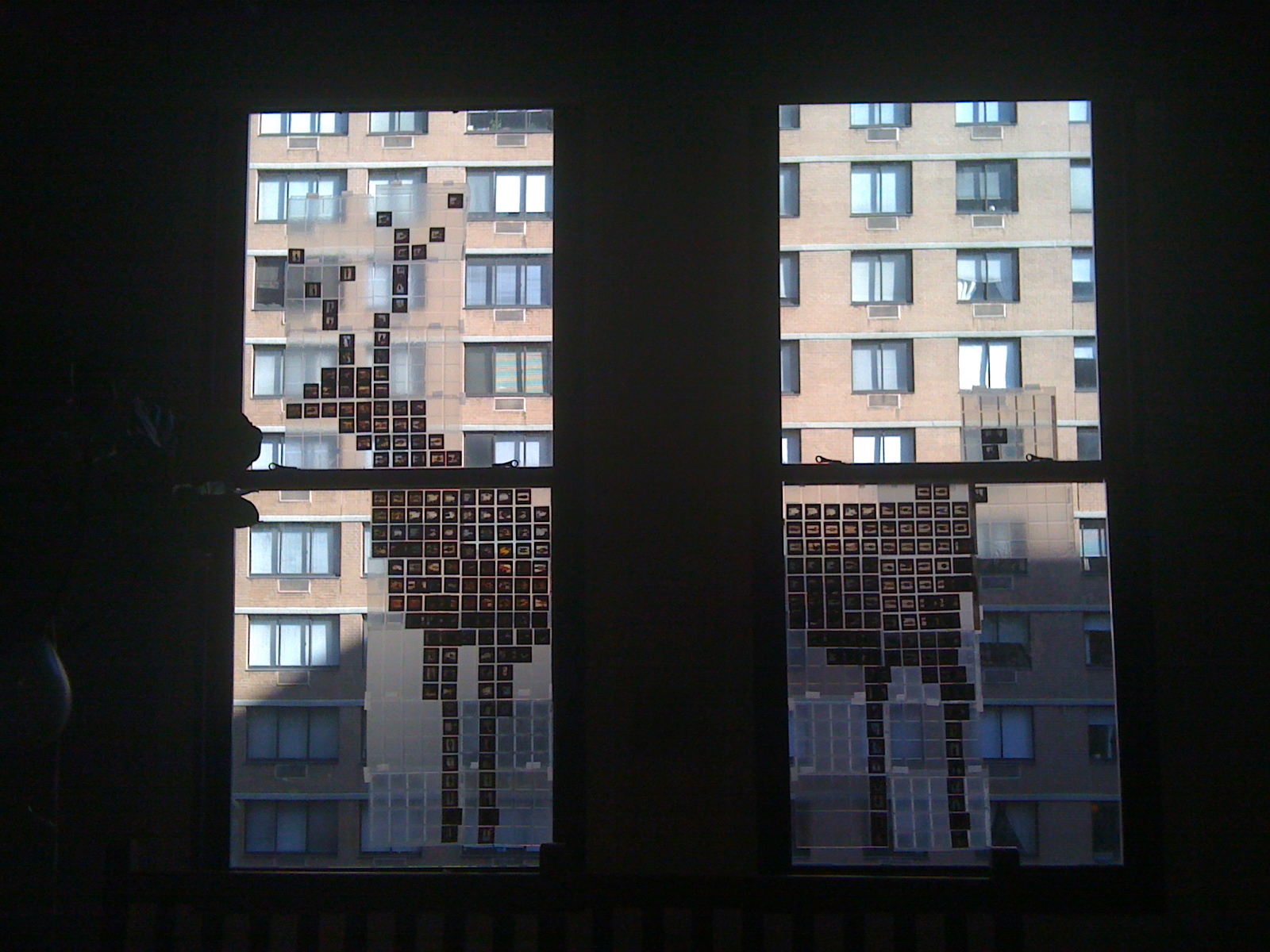The way my project for Spatial Media has been developing has not been, shall we say, linear — at all. Not knowing which group member I was going to work with has obviously been making the brainstorming process quite difficult. Thankfully, at some point I did finally come to some idea for what to do.
The only hard constraint for the table so far is that it has to be a horizontal surface. The floor, a bench, a chair seat, and a table are all candidates for the project. Initially, my first thought was to put it on the floor so that the interface would be fully interactive with the entire body, but after a while I guess I lost interest in that idea while I thought about the purpose of a floor-based interface.
Our instructor gave us a couple of thoughts to consider: content, context and space. That is, what information will the interface have, what will people expect to find in a particular space, and how will it work within that space. I tried to think of places where people go and expect to find information. Such as a library, museum, visitors’ center, train station, etc.
Well, I remembered investigating a few visitor’s centers in arboretums or state parks, and I thought about how the displays are typically flat but not usually interactive. I was kind of worried about making a horizontal surface, but then I considered the Potion design example with the shoes…and I thought about a interactive display using natural elements as the interactive objects.
My partner and I are still not sure of what we will do, but we had a discussion about natural elements, so I think we’re still going in this direction. We both agreed to visit a couple of inspirational places, which I did and have written about in the next post.


